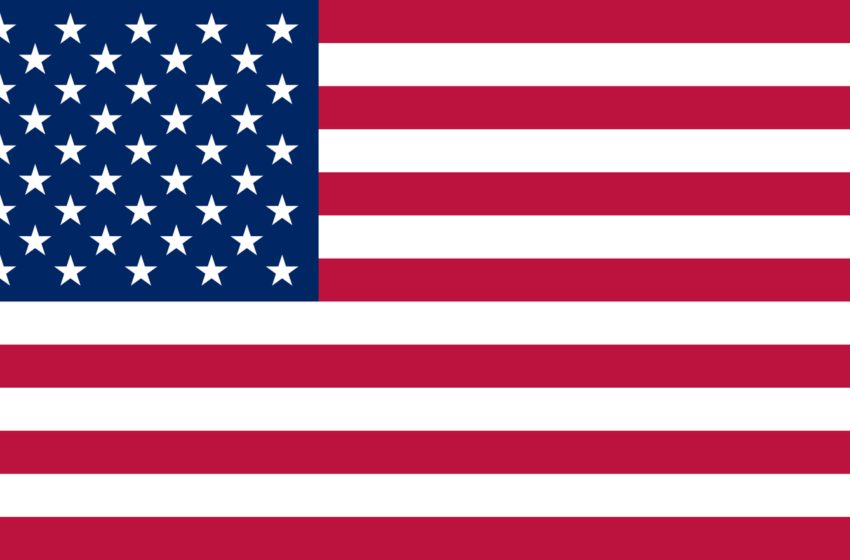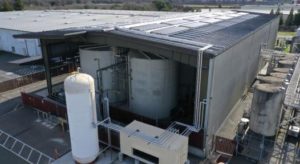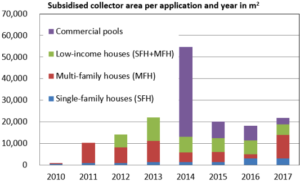USA: Roadmap to Develop Solar Thermal in New York City
June 30, 2013
One million roofs, 43 solar water heaters – New York City is not exactly a solar capital, although it wants to become the city with the cleanest air in the world. Solar thermal collectors should play a role in the new energy strategy. They could help cut emissions of heavy oil burners and reduce smog. But with one million buildings and less than 50 solar thermal systems, the city has to start from scratch. A roadmap prepared by Meister Consultants Group for The City University of New York (CUNY), the NYC Solar America City Partnership and the DOE Solar America Initiative (SAI) describes the obstacles on the path to a cleaner city and how to overcome them. The 39-page document was published in June this year.
At first glance, the support which solar thermal systems can receive in New York City looks very promising. New York City solar heating projects are eligible for several federal, state and local incentives:
- The federal investment tax credit (ITC) for residential and commercial systems alone is worth up to 30 % of the installation costs.
- Commercial systems may additionally benefit from five-year Modified Accelerated Cost-Recovery System (MACRS) depreciation, which usually provides tax benefits worth 20% (or more) of the system’s installation cost. The MACRS is also a federal programme.
- Residential and multi-family residential buildings are also eligible for a residential state tax credit worth up to 25% of the system costs for solar water and space heating systems.
It is possible to accumulate these incentives, but they do influence each other and the procedure is complicated. “If you claim the ITC, you can only depreciate 85% of the system costs. You can claim the 25% state tax credit, but then this creates more income that can be taxed at the federal level,” Wilson Rickerson, author of the roadmap, says. This means that altogether, the subsidies do not add up to 85 % and the calculation is not the same for every system combination, but the provided incentive amount is still considerable. A closer look is needed to find out why there are so few solar collectors – when even in the most successful year for solar thermal ever, 2011, there were only 22 new systems installed in New York City.
In addition, there are several local incentives, but none of them is designed to provide a big breakthrough:
1) At the city level, the New York City Economic Development Corporation (NYCEDC) created a solar thermal grant pilot programme in 2009, offering grants of 30% of the installation costs, up to USD 50,000, to building owners in NYC. Each system installed under the programme was equipped with performance monitoring equipment. Altogether, four solar systems received grants from the pilot programme. In the meantime, the programme has expired and the details about all four systems have been published in a report (see link below).
2) The New York State Energy Research and Development Authority (NYSERDA) has set up a USD 25 million solar heating incentive, which provides up to USD 4,000 for solar water heater systems at residential facilities and USD 25,000 at non-residential buildings. But the money for the fund is collected from a surcharge on electricity bills and can, in turn, only be used for projects replacing electricity systems. That makes it virtually inapplicable for solar thermal – only 4 % of the water heaters in the city work with electricity, and so far, only one project has been funded through this programme. According to the solar roadmap, there are similar charges on natural gas, but so far they have only been used for natural gas efficiency programmes.
3) Another fund supports the replacement of water and space heating systems which work with residual fuel oil and heavy fuel oil. In 2011, there were roughly 10,000 large buildings in New York City which used these dirty oil types and according to the mayor´s office, they cause 86 % of the soot pollution from the city’s building sector. A calculation carried out by the National Renewable Energy Laboratory (NREL) has found that almost 5,000 of these buildings would be suitable for solar water heaters. The NYC Clean Heat programme provides subsidies to switch to cleaner fuels, but not to solar thermal (http://www.nyccleanheat.org/content/how-to-convert).
The roadmap also points to several very special obstacles for solar thermal in the city. One of them is that permits and inspections are extremely complicated and vary from borough to borough and from project to project. Due to the small number of installations, planning officers are not familiar with solar thermal and ask for many drawings and certificates. In consequence, the costs for permits make up one third of the total investment in some projects. One of the main goals set in the roadmap is to bring them down to around 3 % – which is a typical value for California. To do so, permits should be streamlined and planning officers trained.
In general, costs for solar thermal plants are a lot higher in New York City than in the neighbouring states. The costs for small residential systems range from 71 to 427 USD/ft2 (767 to 4,612 USD/m2). This means that a system with two panels can cost almost USD 20,000. A similar system in Massachusetts would only cost about USD 8,000 to 10,000. “Such variability in installation costs is common for new markets, which lack transparency, standardised approaches to system design, and/or critical market infrastructure,” the roadmap says. The high costs combined with non-effective subsidy schemes lead to bad system economics. Solar in electric systems usually pays off within three to six years as it gets the full subsidies. “But people with electric water heaters don’t really know about solar. It is also apparently difficult to find out which customers have electric heating and therefore to develop a marketing campaign around it,” is how Rickerson explains why there is no push for solar thermal.
Systems replacing fuel oil need ten to seventeen years to pay off. If the NYSERDA programme was effective for them as well, they could pay back within seven to twelve years. Regarding gas systems, there is doubt whether a solar system can pay back within its life-cycle – even with support from the NYSERDA programme. “Gas is very cheap at the moment,” Rickerson says.
But the consultant is optimistic that there is a future for solar thermal in New York City. “It will definitely play a major role in the future. But there needs to be a concerted effort to get the market moving,” he says. This is something that photovoltaics has already achieved: Between 2007 and now, the campaign of the New York City Solar America Partnership has led to 560 new photovoltaic systems in the city – not that huge of a market, but the same number would mean a 1,000 % growth for solar thermal.
More information:
MACRS: http://www.dsireusa.org/incentives/incentive.cfm?Incentive_Code=US06F&re=1&ee=1
Report on the NYCEDC pilot programme – final report http://www.nycedc.com/resource/final-report-solar-thermal-new-york-city-opportunities-challenges


